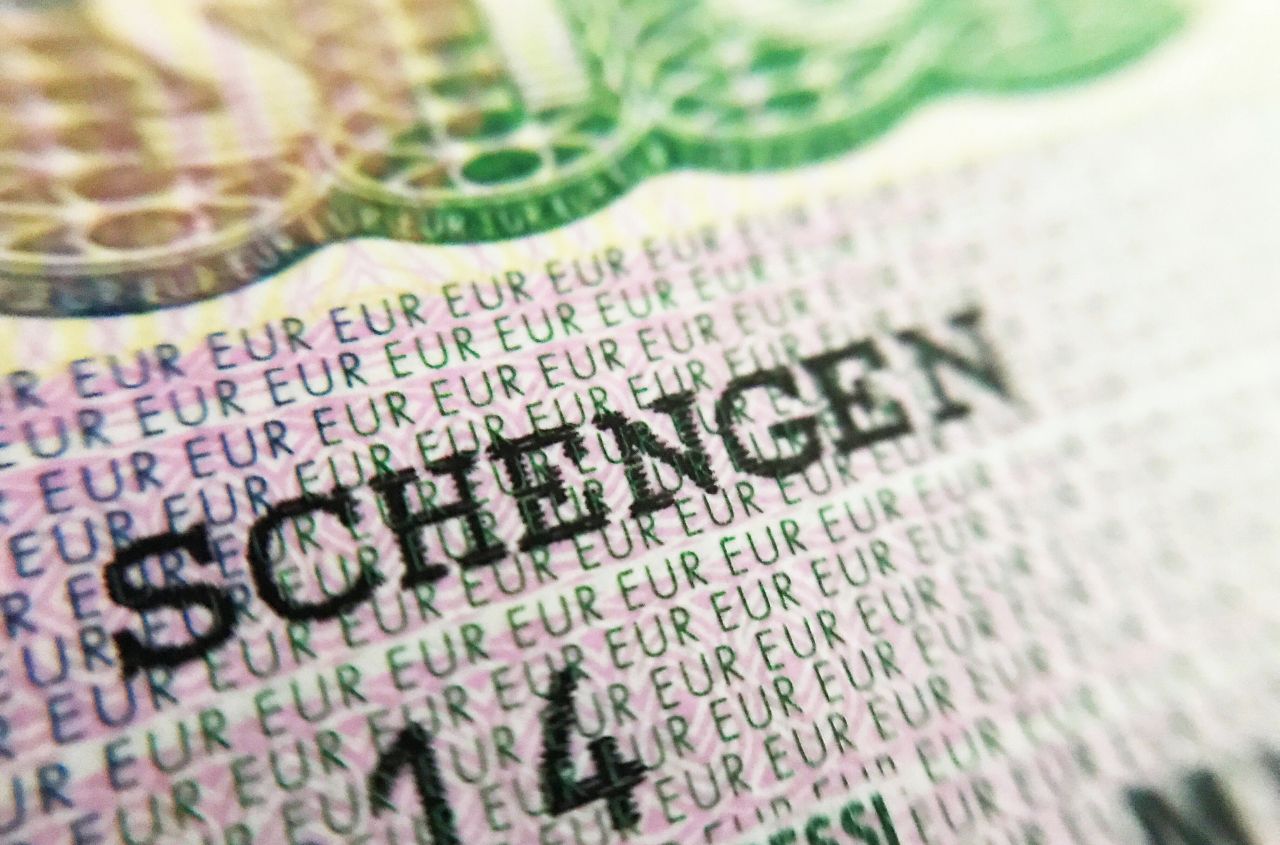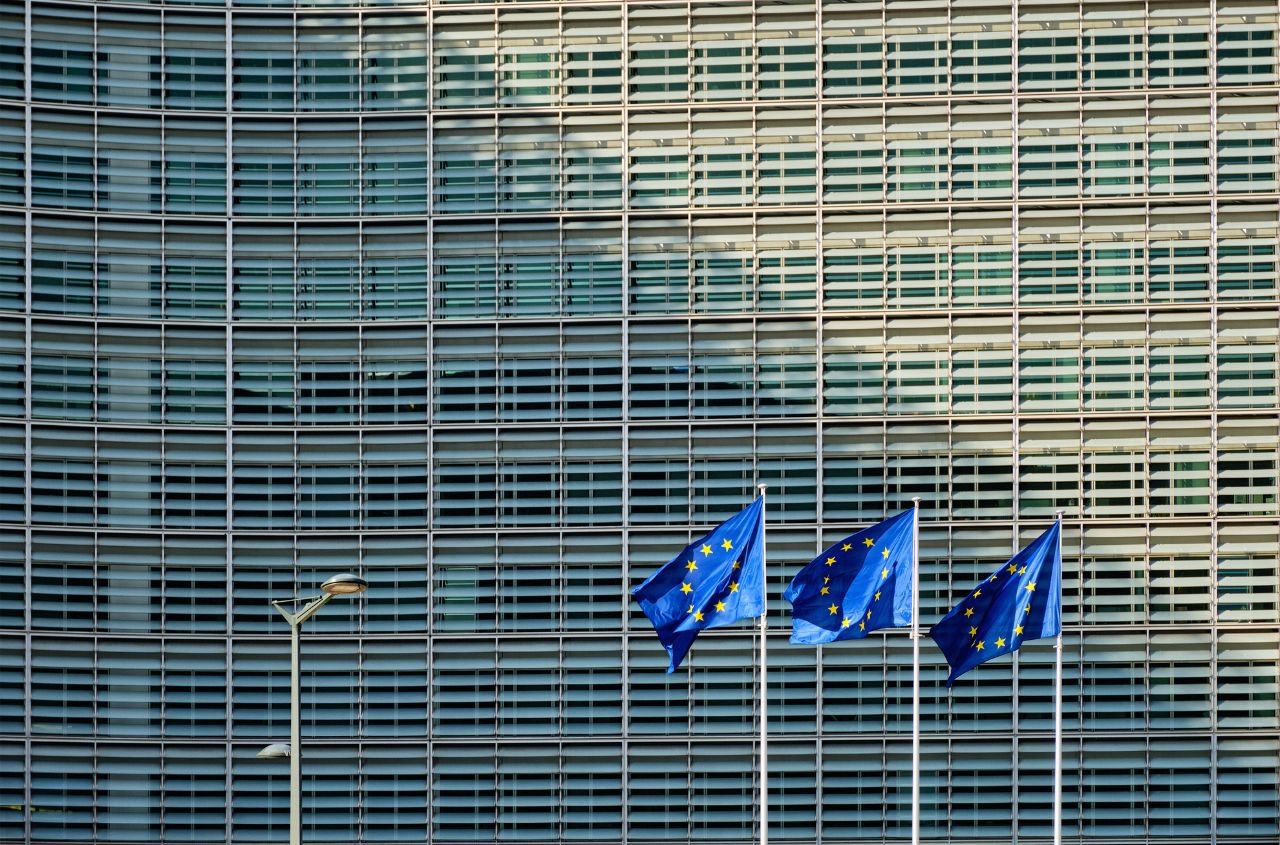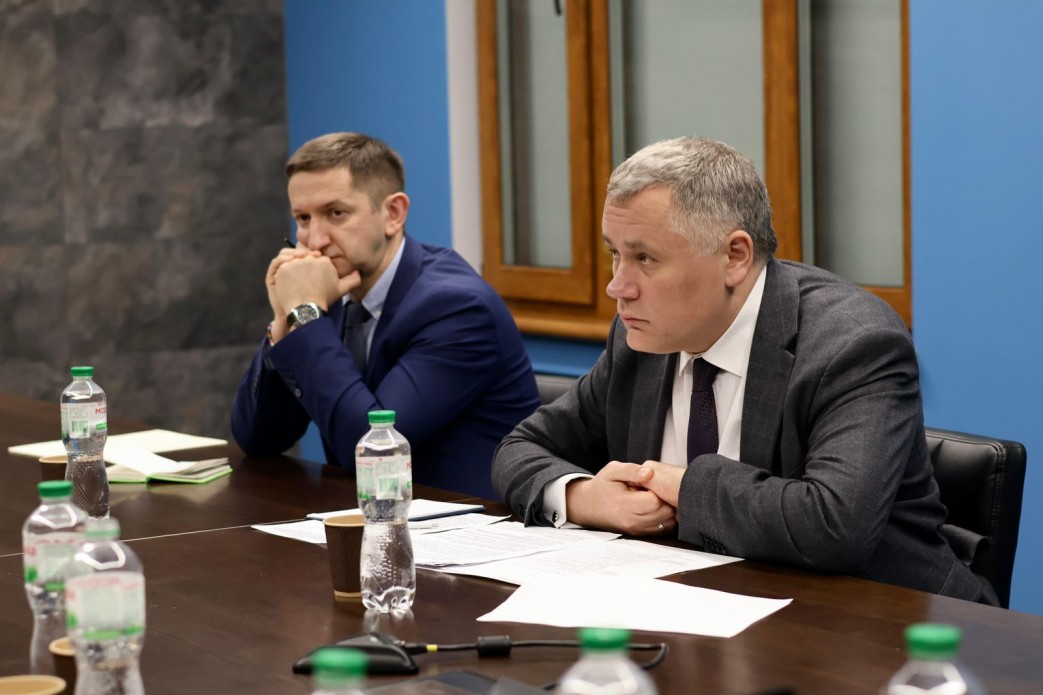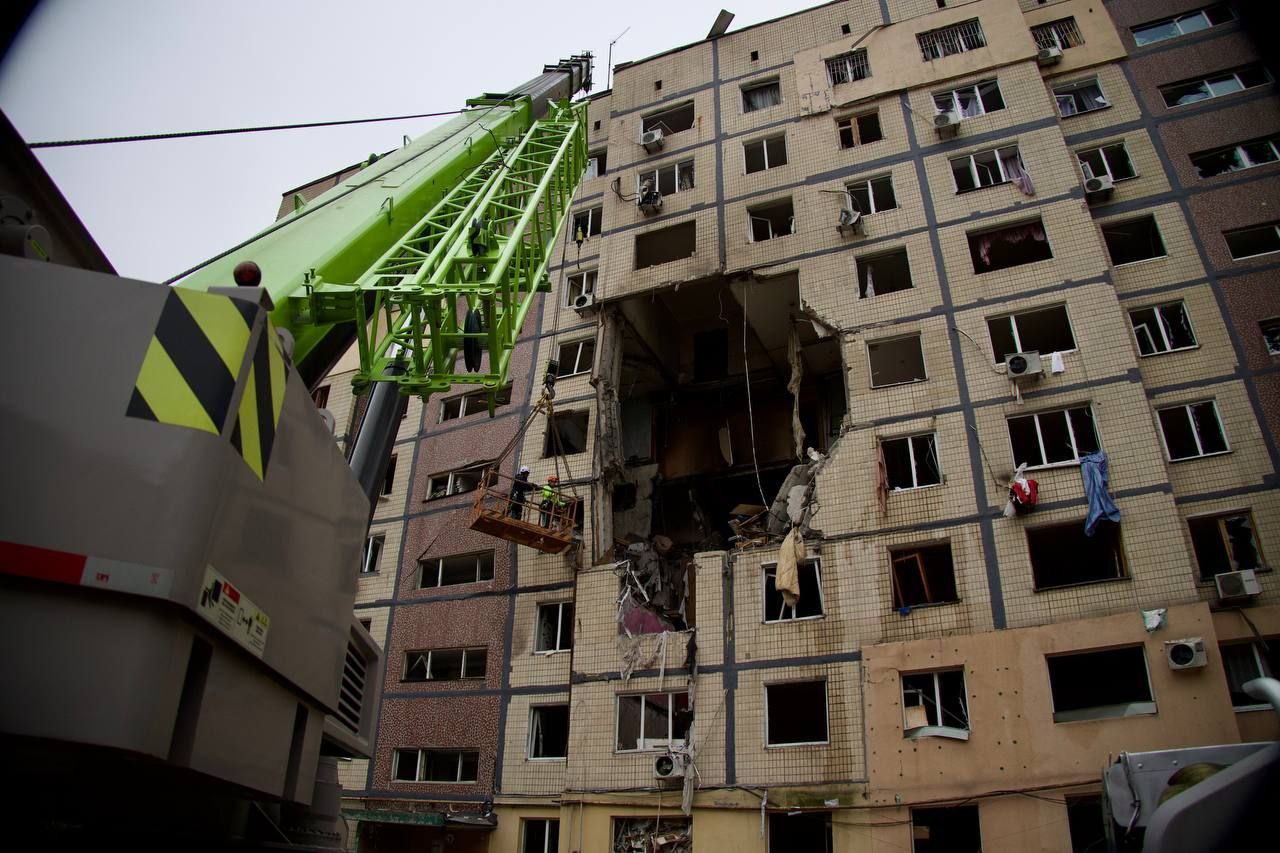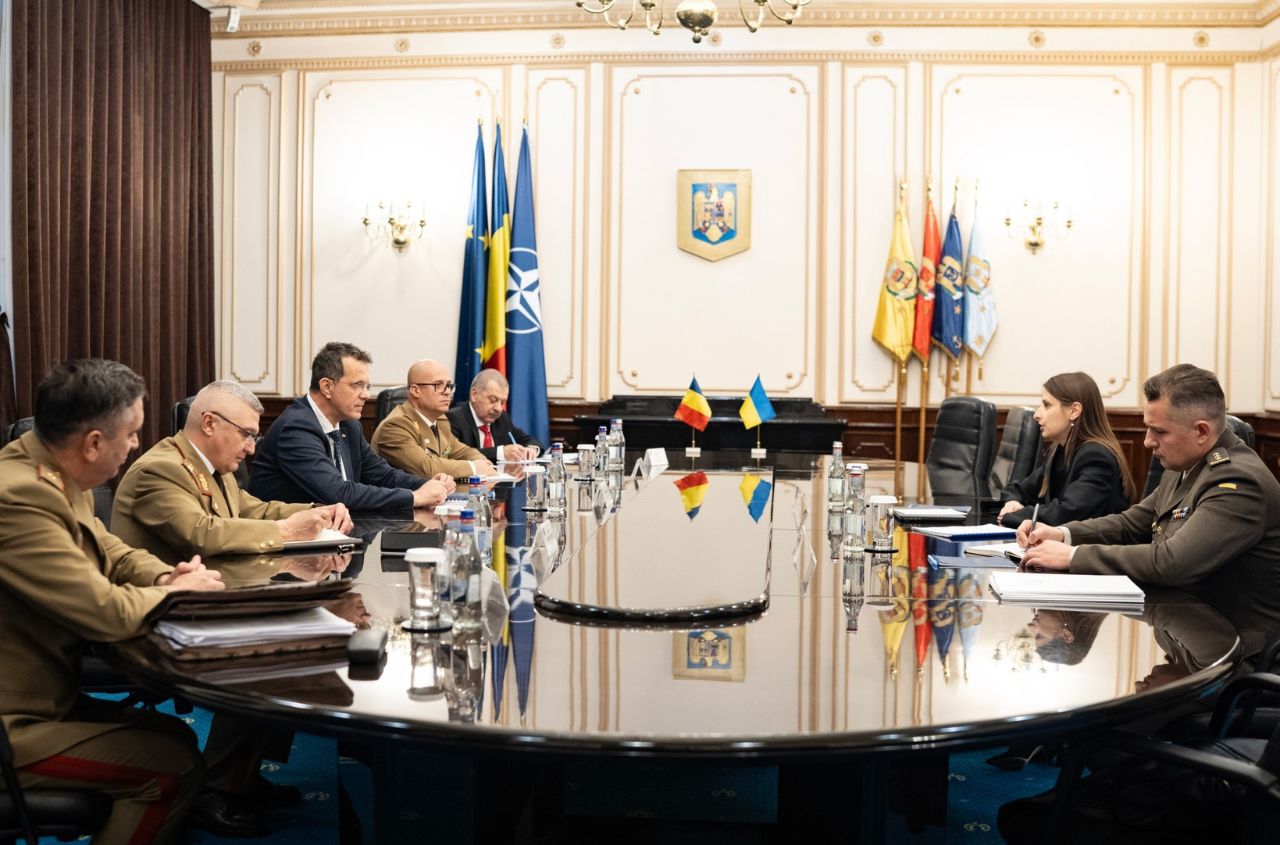Europe would need to mobilize 300,000 soldiers and invest around €250 billion per year to defend itself against a potential Russian attack within the next 3 to 10 years without U.S. support.
This estimate comes from a joint analysis by the Kiel Institute for the World Economy and Brussels-based think tank Bruegel, published on February 21.
1. Europe could need 300,000 more troops and a defence spending hike of at least €250 billion in the short term to deter Russian aggression. “Some in Europe may be frustrated with Brussels. But let’s be clear – if not Brussels, then Moscow. It’s your decision. That’s geopolitics. That’s history.” Volodymyr Zelenskyy, 15 February 2025. Europe needs to be able to defend itself against Russia, with or without the United States. Here, we provide initial estimates of the additional weapons and troops Europe will need to defend itself, assuming effective US withdrawal from Europe. We focus on land warfare because invasion by Russia will remain for the foreseeable future the main security challenge to Europe. Europe needs to be able to defend itself against Russia, with or without the United States.
2. For the Russian military, the war in Ukraine has been costly. However, because of the Kremlin’s broad mobilisation of society and industry, Russia’s military is now considerably larger, more experienced and better equipped than the force that invaded Ukraine in 2022. The Russian army and general staff now possess invaluable battlefield experience unmatched by any other military – apart from Ukraine. The Russian presence in Ukraine at the end of 2024 stood at roughly 700,000 troops, far more than the 2022 invasion force. Russian defence production has been rapidly ramped up (G.B. Wolff et al.: 2024). In 2024 alone, Russia produced and refurbished an estimated 1,550 tanks, 5,700 armoured vehicles and 450 artillery pieces of all types. It also deployed 1,800 long-range Lancet loitering munitions. Compared to 2022, this represents a 220 percent increase in tank production, 150 percent in armoured vehicles and artillery, and 435 percent in long-range loitering munitions. Most of this is modernised Soviet equipment, but Russian production will continue, albeit at a reduced tempo, once Soviet stockpiles are exhausted. This reduction will be felt less if it occurs after hostilities in Ukraine have ended. Furthermore, Russia has made substantial advances in drones, after previously relying on Iran. A Russian attack on a European Union country is thus conceivable. Assessments by NATO, Germany, Poland, Denmark and the Baltic states put Russia as ready to attack within three to 10 years . It could be sooner, with the quadrennial Zapad military exercises taking place in Belarus in summer 2025. These will demonstrate Russia’s ability to manage military exercises at scale even during a war.
3. Europe’s first priority is to continue support Ukraine – Ukraine’s experienced military is currently the most effective deterrent against a Russian attack on the EU. If Ukraine decides that a US-Russian deal to end the war is unacceptable – because Putin’s peace guarantees are not credible, for example – Europe is capable to provide additional weapons to Ukraine to ensure its fighting capacities remain
as they are currently. Ukraine and the EU rely on some critical US strategic enablers, including intelligence and satellite communications. These are difficult to replace in the short term but there
are substitutes if necessary. From a macroeconomic perspective, the numbers are small enough for Europe to replace the US fully. Since February 2022, US military support of Ukraine has amounted to €64 billion, while Europe including the United Kingdom sent €62 billion. In 2024, US military support amounted to €20 billion out of a total of €42 billion. To replace the US, the EU would thus have to spend only another 0.12 percent of its GDP – a feasible amount. A more important question is whether Europe could do this without access to the US military-industrial base.
A significantly more challenging scenario for Europe would be an unlikely peace deal accepted by Ukraine. In such a scenario, Russia is likely to continue its military build-up, creating a formidable military challenge to all of the EU in a very short period, given current Russian production. The EU and allies including the UK and Norway would need to accelerate their military build-ups immediately and massively.
The question of what capacities would be needed to secure a peace deal in Ukraine is at some level secondary. While there are estimates that Ukraine would need around 150,000 European troops to
effectively deter Russia, these troops would need to be ready to be deployed rapidly to wherever Russia might decide to attack the EU. The current assumption of NATO military planners (RAND: 2024) is that in case of a Russian attack on a European NATO country, 100,000 US troops stationed in Europe would be rapidly augmented by up to 200,000 additional US troops, concentrated in US armoured units best suited for the East European battlefield. A realistic estimate may therefore be that an increase in European capacities equivalent to the fighting capacity of 300,000 US troops is needed, with a focus on mechanised and armoured forces to replace US army heavy units. This translates to roughly 50 new European brigades.
4. The combat power of 300,000 US troops is substantially greater than the equivalent number of European troops distributed over 29 national armies. US troops would come in large, cohesive, corps-sized
units with a unified command and control tighter even than NATO joint command. Furthermore, US troops are backed by the full might of American strategic enablers, including strategic aviation and space assets, which European militaries lack. Europe, including the UK, currently has 1.47 million active-duty military personnel (SIPRI: 2024) but effectiveness is hampered by the lack of a unified command. NATO works under the assumption that the Supreme Allied Commander Europe is a top US general – but that can only function if the US takes a leadership role and provides strategic enablers. Therefore, Europe faces a choice: either increase troop numbers significantly by more than 300,000 to make up for the fragmented nature of national militaries, or find ways to rapidly enhance military coordination. Failure to coordinate means much higher costs and individual efforts will likely be insufficient to deter the Russian military. Yet collective insurance means moral hazard and coordination problems need to be credibly solved.
5. European defence spending will have to increase substantially from the current level of about 2 percent of GDP. An initial assessment suggests an increase by about €250 billion annually (or around 3.5 percent of GDP) is warranted in the short term, though this computation is not straightforward. Larger orders should mean that production processes become more efficient, bringing down unit prices. However, a rapid demand increase will certainly drive-up prices in the short-term. Overall, however, unit prices should fall as order volumes increase. For example, since February 2022, Germany has ordered 105 Leopard II tanks for its own use at a unit price of €28 million. This could add up to a fiscal cost of €40 billion if Europe were to order 1,400 tanks at that price but in fact unit prices should fall substantially. From a macroeconomic perspective, a debt-funded increase in defence spending should boost European economic activity at a time when external demand may be undermined by the upcoming trade war (Ilzetzki: 2025; Ramey: 2011), though yields and inflation may rise. Ilzetzki (2025) argued that defence spending can also positively contribute to long-term growth via innovation, but a precise quantification of such effects is still needed.
Especially for countries on the eastern flank most exposed to Russia, and those with substantial gaps even in the basic components of deterrence, a substantial increase might be realistic politically. A €250 billion increase could be split equally between EU and national funding, facilitating both substantial joint procurement and substantial national military expenditure. To address moral-hazard problems, countries not spending more on national defence would get less from the common pot.
Such spending hikes should be funded through debt in the short run for both political and economic reasons. Yet funding will need to increase permanently. One solution would be to raise €125 billion annually for the next five years at EU level, while EU countries would gradually commit to increasing their non-debt funded share of spending during that period. German leadership and commitment will be critical. Germany would have to, on its own, raise at least half of the €125 billion to increase German national defence spending from €80 billion to €140 billion, or approximately 3.5 percent of GDP, to be topped up with joint EU funding. Currently, German military capabilities fall severely short of the capabilities needed and committed to allies. Germany’s 2022 pledge to provide NATO with two divisions – typically around 40,000 troops – by 2025 and 2027 faces major setbacks. This will need to change as Germany’s contribution, given its size, would certainly have to be close to an additional 100,000 troops















